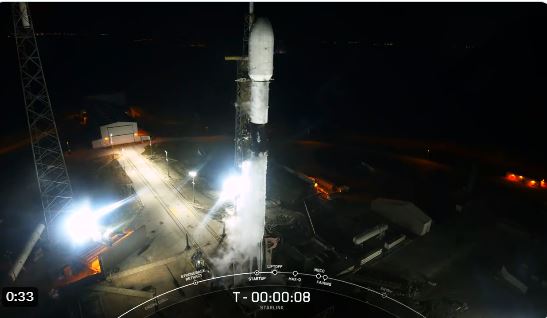SpaceX has successfully launched 52 Starlink satellites in their latest Falcon 9 mission, which lifted off at 3:10 AM ET from Cape Canaveral Space Force Station.

The satellites were part of the Version 1.5 Starlink constellation and were placed into a 43-degree orbital inclination after separation from the second stage. They will now undergo on-orbit checkouts before being moved to their final orbits.
This launch marks the 39th orbital mission for SpaceX this year, with 37 of them utilizing the Falcon 9 rocket. The specific Falcon 9 booster used in this mission, B1073, has been previously employed in five Starlink missions and four customer payload launches.
It successfully landed on the droneship ‘Just Read the Instructions’ approximately eight-and-a-half minutes after liftoff. B1073 will be transported back to Port Canaveral and converted into a Falcon Heavy side core for its next mission, Echostar-24, scheduled for September 2023.
With the launch of Starlink Group 5-11, SpaceX has now deployed nearly 4,600 Starlink satellites, with around 3,600 in operational orbits. The difference between the total launched and operational satellites is due to the safe de-orbiting of failed satellites and the recent launches that haven’t reached their designated operational orbits yet.
Next on SpaceX’s schedule is the Transporter 8 mission, set to launch from Vandenberg Space Force Base later in the day. This mission will carry 72 customer payloads to orbit, and the first stage will return and land at Landing Zone 4.
It will be recalled that Starlink, SpaceX’s high-speed internet service, became available in Nigeria on January 31, 2023. The company introduced alternative payment channels, Payday and Barter, to facilitate orders from Nigerians who faced difficulties completing transactions.
Starlink offers unlimited data and a monthly subscription cost of $99 in Nigeria, which is competitively priced compared to other providers charging around $150 per month.















